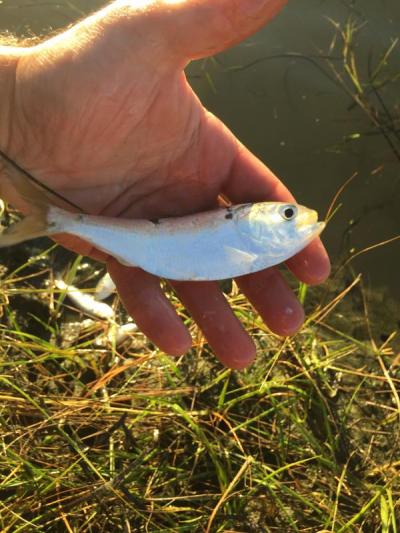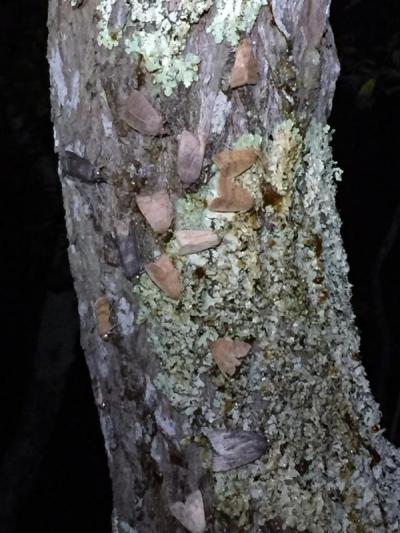Chasing the warmth, research in overdrive by Jamie Bogart, Lloyd Center for the Environment Research Associate
A common question for us researchers at the Lloyd Center for the Environment is “what do you do in the winter?”
Winter task areas are many and fall into the categories of data management, specimen identification, project and trip planning, leading winter onsite walks and outings, surveying winter waterfowl, and assisting with the upkeep of a nature center facility and property for which all Lloyd Center staff share responsibility. But what about the fall months when cold temps are arriving and many taxonomic groups we study have flown south as with birds, or completed their life cycle, as with many insects? Although “winter mode” is a ways off, we’ve scheduled our winter waterfowl surveys, started identifications of bees, arranged outings, begun data management, and planned for future research work. Field seasons are all but over, but research staff still head out on short field excursions.
Each autumn, warm waters from the tropics bring unique and sometimes sub-tropical fish species to our estuaries by way of the Gulf Stream. This provides an opportunity for research staff to assist the education department by providing specimens caught through seining for the tanks. In addition, we’re able to note results relative to more intensive surveys conducted in the past, including this past summer when we repeated our study of estuary fish in the Slocum and Little Rivers, and in Buzzards Bay at Barney’s Joy. In summer, we caught Puffer fish, which appear as our waters warm, as well as a high diversity of other fish. For our fall seining we ventured to West Island in Fairhaven, and the Westport River, in hopes of finding sub-tropicals. While no such fish were caught on this day and it was mainly the commonly seen silversides and killifish in Fairhaven, White perch, a Summer Flounder, and some Menhaden (picture #1) were caught in the Westport River and added to our tanks.
In the case of moth surveys, we’ve watched the weather constantly in search of what warm nights will feature moths in flight. Moths are active well into the fall and so quietly the formal research field season remains in session. On the brisk evening of October 21, the bog site might have had more ripe cranberries (picture #2) than active moths. The next morning increased color in foliage was a sure bet that the night was cold and the catch small, and that was perhaps the last trap night in Westport for 2019.
Another method called moth “baiting” is used for those warm autumn nights when moths that are still active will readily feed on baited trees, with some species coming only to bait and therefore offering the opportunity to document new species. The unique concoction of molasses and stale beer (believe it or not) that makes the bait, is a moth delicacy. Bait is painted on trees at dusk, and soon after dark one returns on a good night to find moths gathered on trees (picture #3), where they are collected in a jar.
A stretch of cold temperatures is on the way but rest assured an “Indian Summer” is sure to take hold, at which time Lloyd Center researches will be on the bugs!














